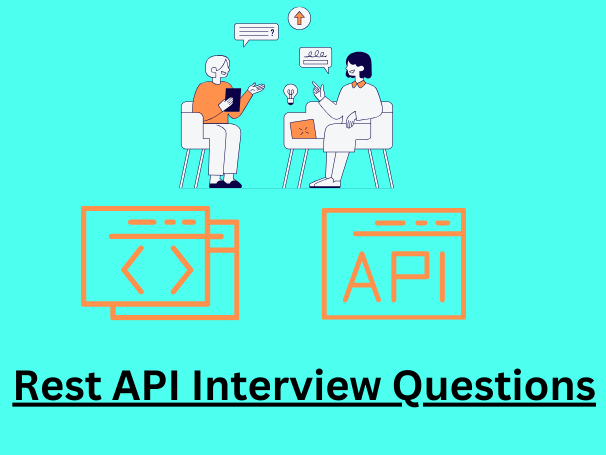REST supports a group of HTTP methods to manipulate the request and response. They are,
GET – It is used to read the representation of a resource. It usually returns the resource in XML or JSON type with the HTTP response code 200 on successful creation.
POST – It is used to create new resources. It is usually used to create a subordinate resource and returns HTTP code 201 on successful creation.
PUT – This method mainly used to update the resource. It can also be used to create a resource when the resource ID is selected by the client. It returns response code 200 on a successful update.
PATCH – It is used to modify the resource. It only contains the change needed to be modified in the resource.
DELETE – It deletes a resource. The resource needed to be deleted is identified by a URI. It returns an HTTP status 200 on successful completion.

